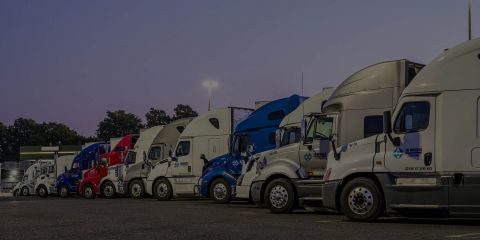
To better educate, we have compiled and outlined everything that you might possibly need to know about the different types of product distribution channels. Understanding these different types will be extremely beneficial to you, no matter the industry that you are in. Here we have provided all the knowledge you could possibly need—happy reading!
Direct
One can define direct product distribution as when a producer can sell directly to their customers. No middleman, wholesaler, or retailer is needed in this specific scenario. Since no middleman is needed, this product distribution channel is the fastest and shortest route that can be taken. An example of this type of distribution channel is industrial machinery, as it is sold directly to the consumers from the business themselves.
Indirect
There are a total of five different types of indirect product distribution channels, and they are listed below.
- Producer—Consumer
- High technical content industrial goods: This is preferred in situations where the buyers are few and far between, the goods are costly, and the individuals purchasing them are industrial.
- Producer—Wholesaler—Consumer
- Many industrial products: This is used when distributing industrial goods that will be used for production and not for resale.
- Producer—Retailer—Consumer
- Large department stores: This is the preferred method when the purchasers of the goods being sold are big retailers. This is due to the bulk of goods being purchased.
- Producer—Wholesaler—Retailer—Consumer
- Most consumer goods: This is the longest distribution option, yet it is extremely popular. When the market for the goods is highly competitive, this is the channel that is preferred. Another time this is preferred is when the product line is limited or the goods are specialized items.
- Producer—Sole Agent—Wholesaler—Retailer—Consumer
- Prescribed geographical area: This is done when the individual wants to pass on the risk of marketing the goods to the selling agent.
Your business and the product you sell will determine what type of distribution channel above you will use.
Hybrid
Hybrid, or multi-channel distribution systems, are often used when a single business or firm has two or more marketing channels to reach one or more customer segments. This specific type has become more popular over the years. One of the advantages of this is that it will expand the sales and market coverage as each new channel is developed and implemented. This directly allows for the business to have diverse customer segments. However, at times, this can be complicated and harder to control.
Now that you are aware of all the types of product distribution channels, if you are still not sure what you need or looking for a company to help you achieve the desired product distribution channel, reach out to 18 Wheels. We can provide you with the insight and assistance you need. Our Vancouver trucking company not only has the best professionals but a great reputation for the work that we do for you.
